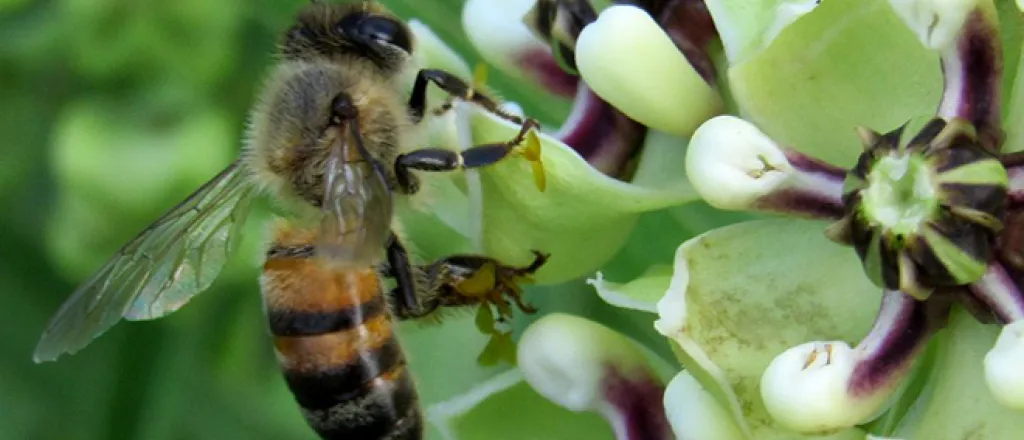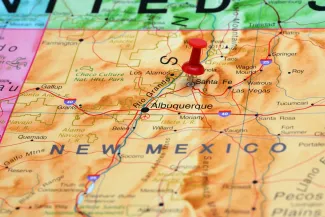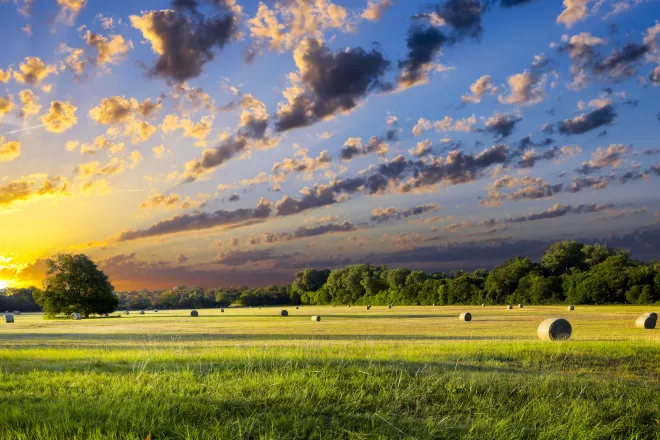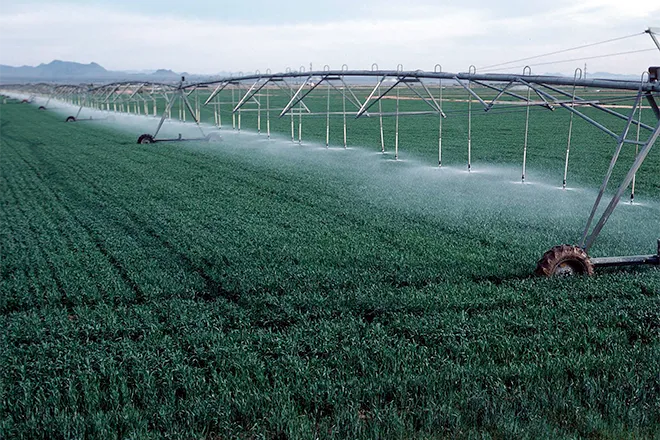
New Mexico's pollinators encounter politics at U.S.-Mexico border wall
Click play to listen to this article.
The Southwestern landscape attracts a huge variety of pollinators, but environmental groups say expansion of the U.S.-Mexico border wall may further reduce their dwindling numbers.
The Trump administration’s Department of Homeland Security has waived 27 laws to speed construction of what's being called "smart wall" – including more than 20 miles in New Mexico.
Scott Black, executive director of the Xerces Society for Invertebrate Conservation, said older sections of the border wall did not pose the same risk to pollinators or wildlife, such as jaguars and mountain lions, because they could get around or through the fence.

"When you build any infrastructure, there's basically a lot of habitat destruction," he said. "It's this much wider footprint, hundreds of miles long, with zero habitat."
The desert landscape in southern New Mexico and other border states also is home to moths, flies, bats, hummingbirds and animals such as the desert tortoise, which disperse seed as they travel. The Fish and Wildlife Service says more than 70 U.S. pollinating species are listed as endangered or threatened.
During President Donald Trump’s first term, it's estimated 73 miles of border wall was built where no barriers previously existed.
Black said habitat destruction in the course of wall construction, the addition of 20-foot-wide dirt roads on either side and stadium lighting atop the wall can stop or deter the migration of bees, butterflies and other native species.
"Nighttime insects orient themselves by the moon – or by the lack of the moon, with the stars," he said, "and when you have lights, it basically confuses them into being more active than they would normally be and not finding the resources that they need."
According to the Center for Biological Diversity, federal contractors erected more than 1,800 stadium lights along the border wall between 2019 and 2021.
Black said in his experience, the public's awareness of declining butterfly populations has led to a greater appreciation of how insects support life on earth.
"And then starting to think about, 'Oh, I like songbirds' – and songbirds have to have insects," he said, "and, 'Oh, I like to fish.' So, I think more and more people are making that connection."

















